Greetings and apologies all, it’s been a while since my last post. I’ve been exceptionally busy with changes to the site’s back-end, improving its speed and making it more mobile device friendly. I’ve also been running about expanding the content offered to the artistic community at large, as well as building out and refining what I started here. The Vintage Inkwell Academy now has a new TVIA Reddit space: https://www.reddit.com/r/vintageinkwell to post artist’s work, and to provide a live chat/collaboration space. There is also a new TVIA Pinterest site: https://www.pinterest.com/vintageinkwellacademy that is cultivated and stocked with both excellent images for artist reference and recommended resources for art instruction. To first-time visitors I say welcome, and to returning guests, I extend my gratitude for the revisit. I’m pretty excited to impart some new discoveries, so let’s get on with the content, shall we?
THE SURREAL REAL
I want to spark a frank discussion on the state of modern comic books.
For me, it’s been a long time coming. It’s the ugly elephant in the room that
few want to look at, much less talk about. But
I’ve had enough! I’ve long since abandoned trying to discover gold in a
perfumed mine — chock full of gold painted turds. I’ve seen what passes for
comic books currently and I utterly refuse to waste hard-earned money on crap.
I dedicated some online time to seek out and examine new comic
releases, committing myself to conduct some research on why comics are so
atrocious today. What hit me first is the realization that today’s corporatized
comic books focus too much on being obnoxiously cinematic on the page. As a
medium, they take themselves much too seriously and spend much of their time
virtue signalling and proselytising weaponised social agendas. Artistically,
the Photoshop colouring and effects employed in these comic books are garishly
overdone and used egregiously. Often, it seems utilized as a crutch to mask
artistic inadequacies or serves as a distraction to cover up plot and story failures.
In its worse forms, the content appears as a rather wanton advertisement,
strutting about trying to be picked up and developed by a movie conglomerate. The
work being generated now looks mechanical, cleanly sanitized and safe; it
appears as if it was created by template. Currently, corporate comic books are
deprived of any flavour, attraction or interest in character development. Fundamental
story building has been abandoned!
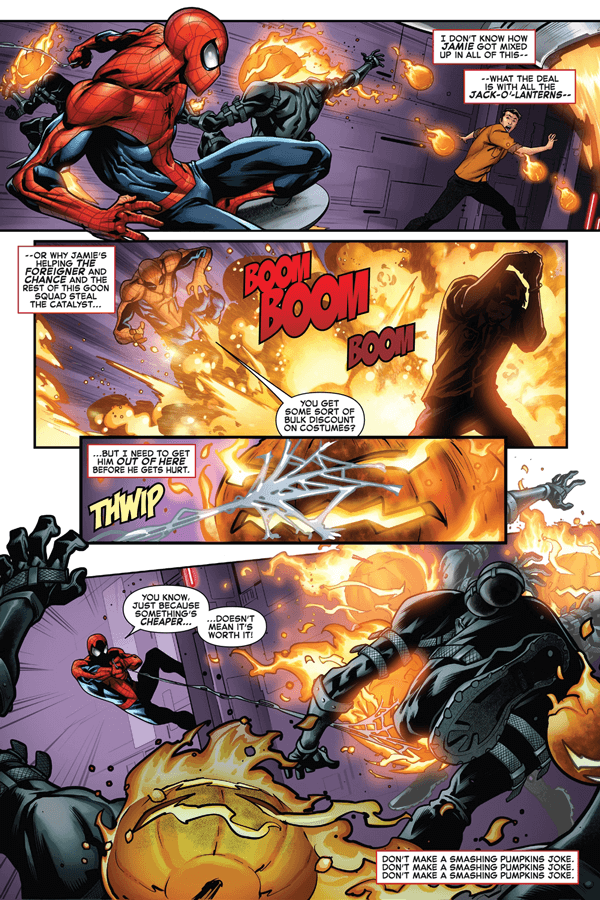
This flamboyant and chaotic mess is what passes for comic books today.
(Image used under fair use critique)
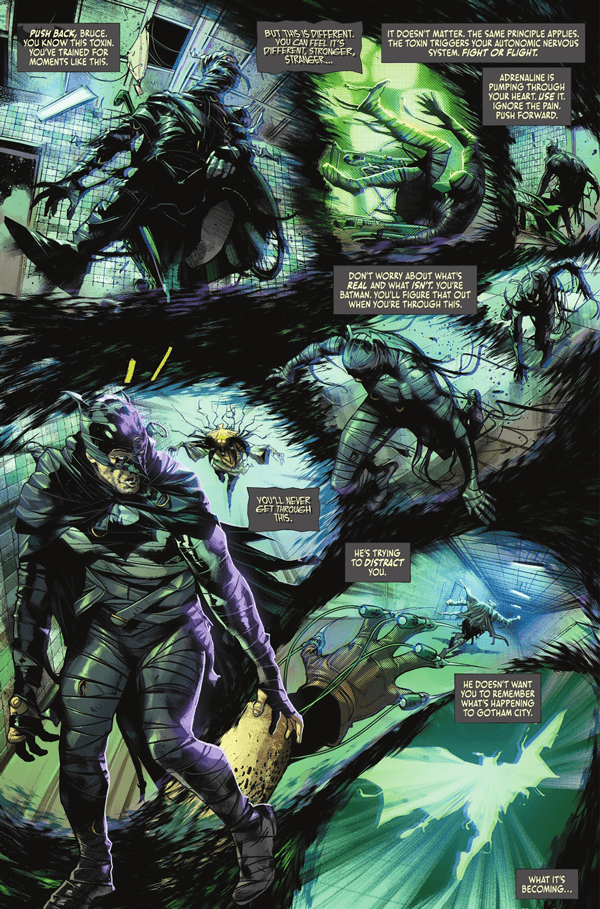
Another modern example of dark, confusing artwork with poor composition, trying too hard to be cinematic in the wrong way. The environmental lighting doesn't even make sense!
(Image used under fair use critique)
The art is all rendered digitally now, which in its current form, is artistically distant and sterile in appearance. There’s no mystery, no nuance, no atmosphere and no defining personality. It’s painfully easy to see there’s neither real passion for the work, nor any respect for the intended audience who overpays for it. For all intents and purposes, a good number of these comic books look like clones being factory produced by computer. The content creators imbue no energy or life into the art or writing. What’s produced is boring, creatively vacant, and nauseatingly formulaic. Often the panel work is dark, with every surface either shiny or glowing, just for the sake of it. Action scenes are cluttered, chaotic and suffocating with little or no composition. The art just isn’t allowed to breathe. It’s like creating art merely by rote, just as a means to an end. Instead of Photoshop enhancing the colour and effects, its flagrant over-abuse is often destroying the work.
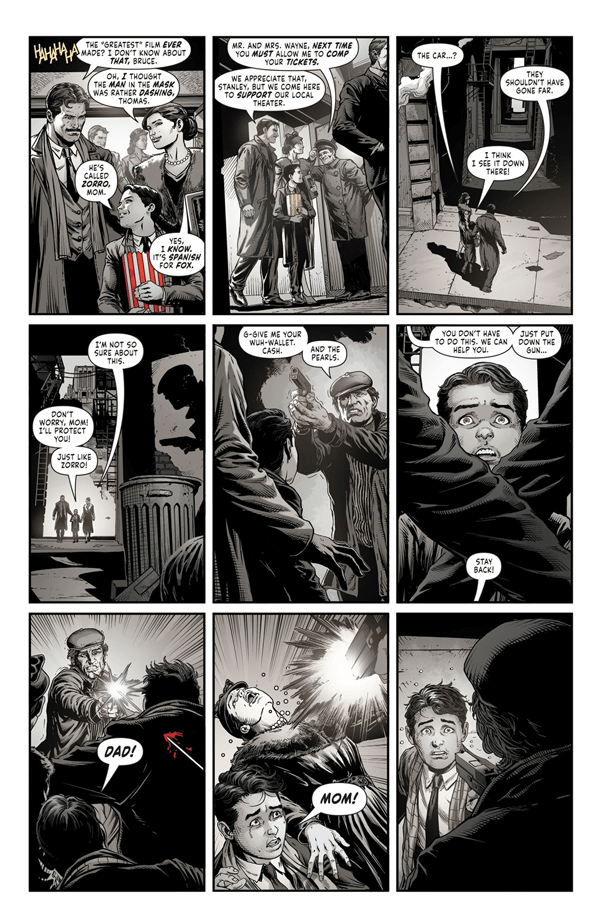
By contrast, here’s a modern example of
digital Photoshop colouring done very nicely. I like how the panels are narrowed to produce the spacial effect of being confined in a alley. Proving that every rare once in a while there are pretty good exceptions that manage sneak their way through.
(Image used under fair use critique)
Currently, I can only imagine how horrible it must be to work for a
corporate comic company as an artist or writer. These professionals are forced to
sign over anything created with zero ownership, are narrowly confined to what
subjects can be portrayed and how the permitted content is depicted. The career
of the artist or writer is subjugated creatively to fabricate meaningless,
emotionless, for-profit-only, cross-marketed self-regurgitated pabulum. How
creatively stifling it must be only to write corporate approved stories that propagate
social-engineering narratives with heroes you could not care less about.
A while ago, I discovered a website where it’s
host, Chris Tolworthy, wrote an expansive, book-length
treatise on the just where Marvel Comics went wrong. It’s a phenomenally well-researched
and powerfully presented work that I recommend wholeheartedly. On his
Great American Novel website, Chris Tolworthy with 40 years of collective analysis, was able to conclusively
detail and document the rise and fall of Marvel Comics. Here are some links to a few of
the outstanding chapters:
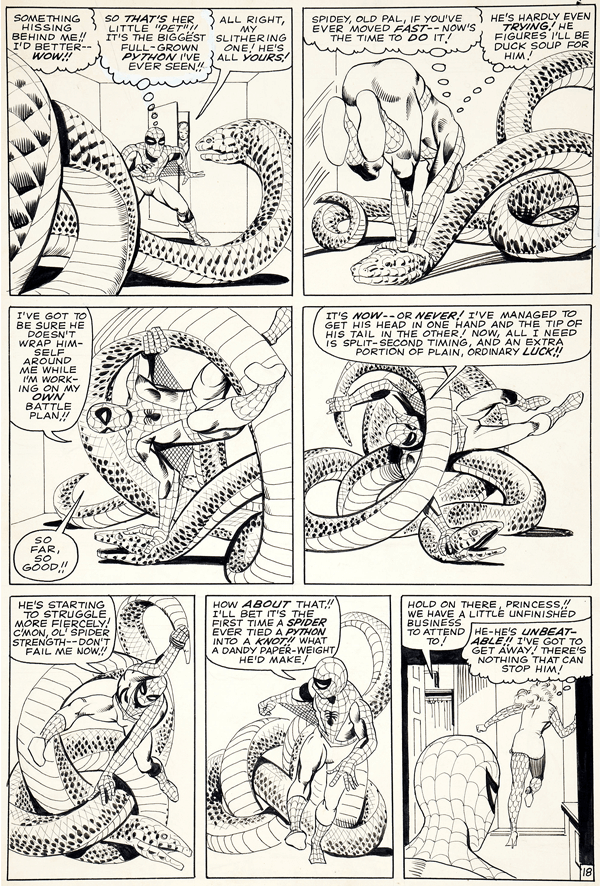
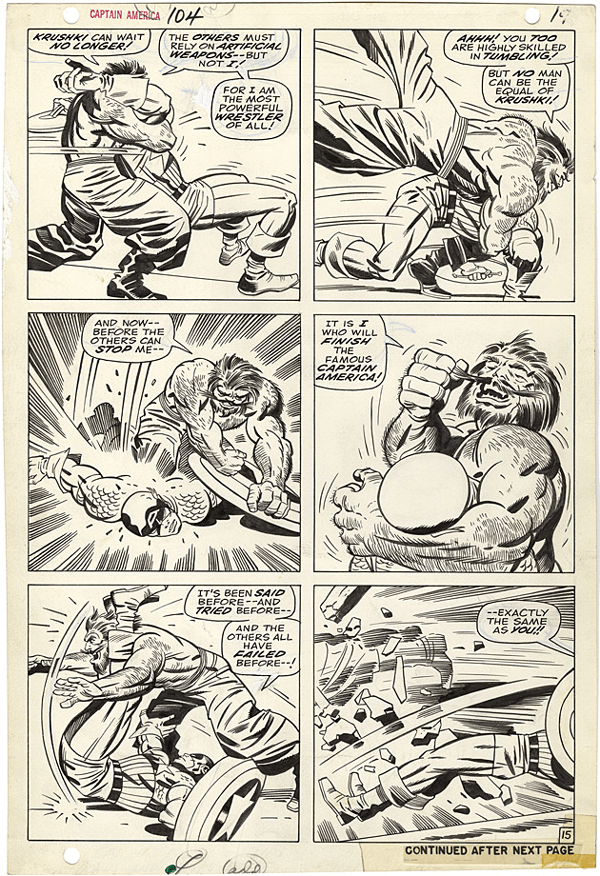
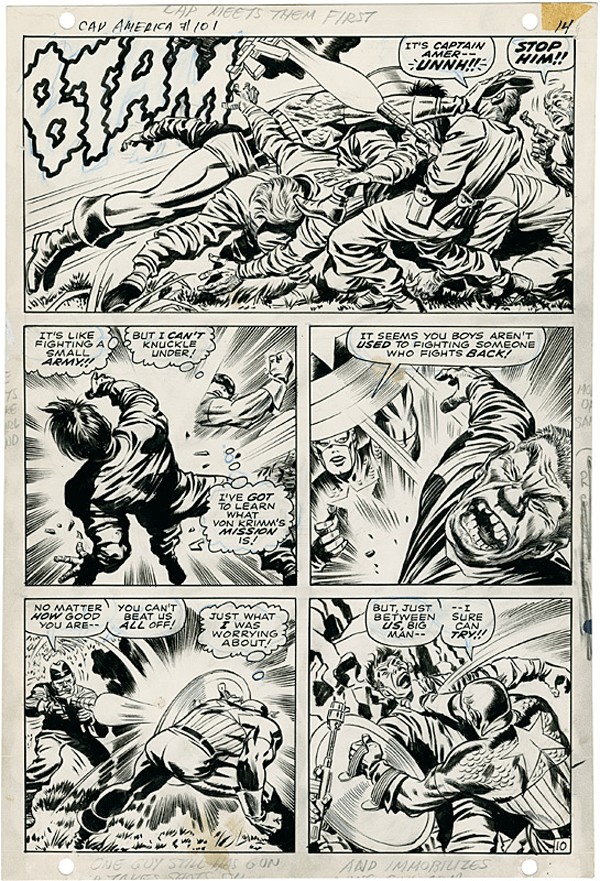
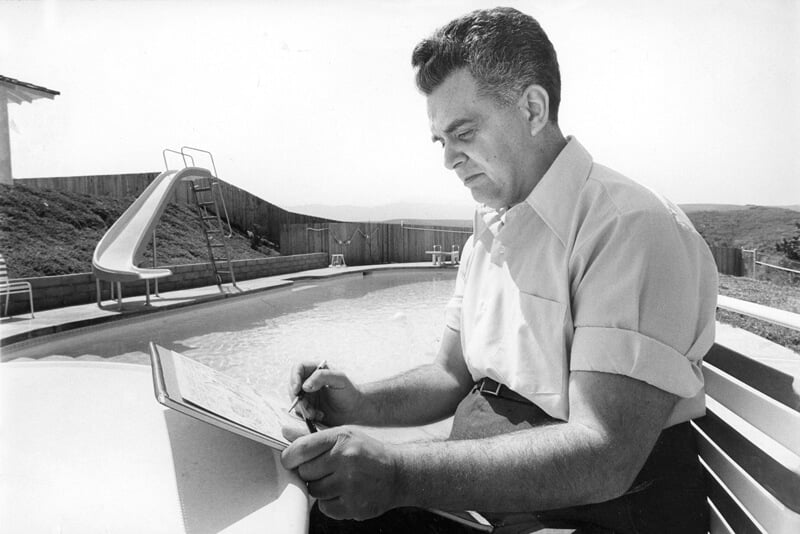
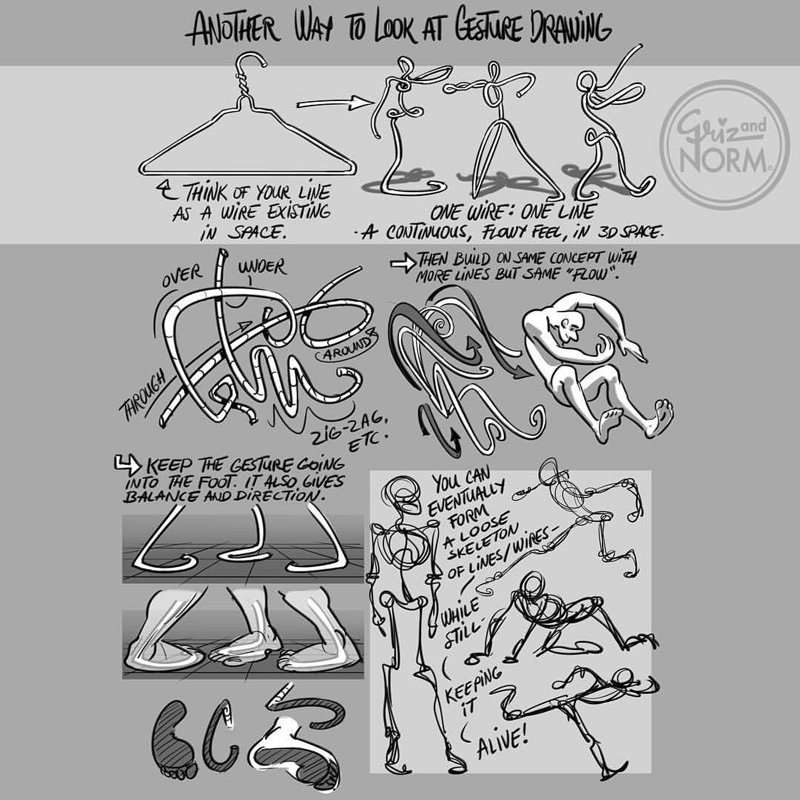
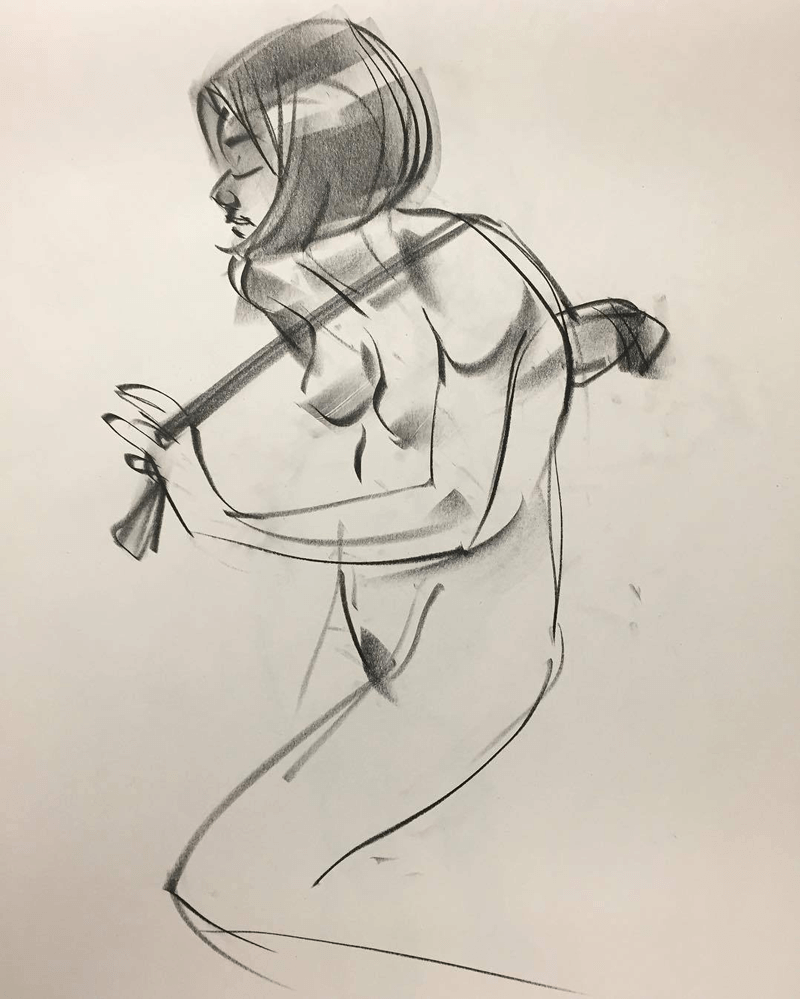
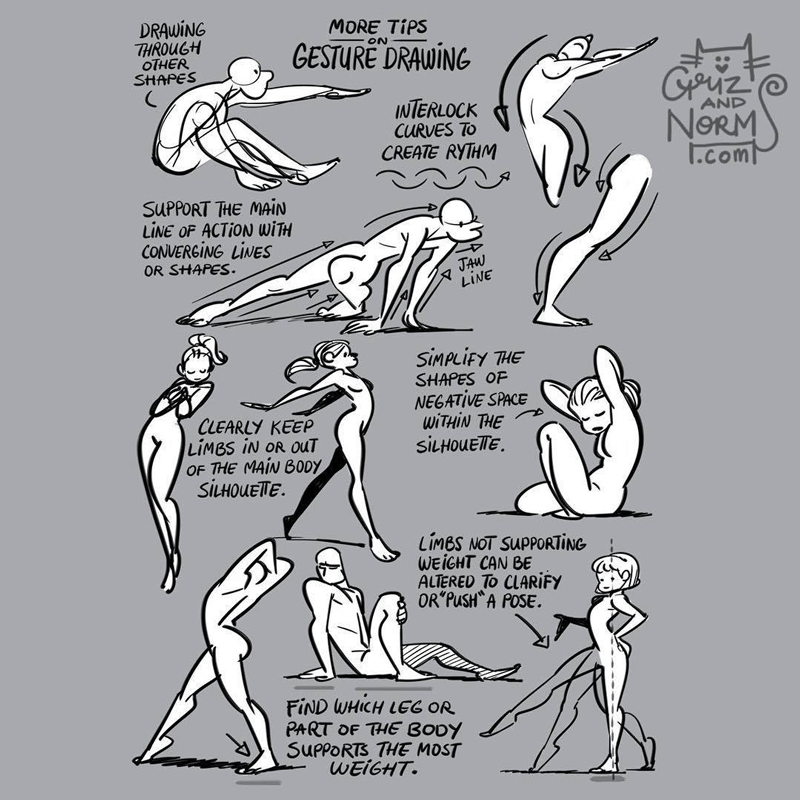
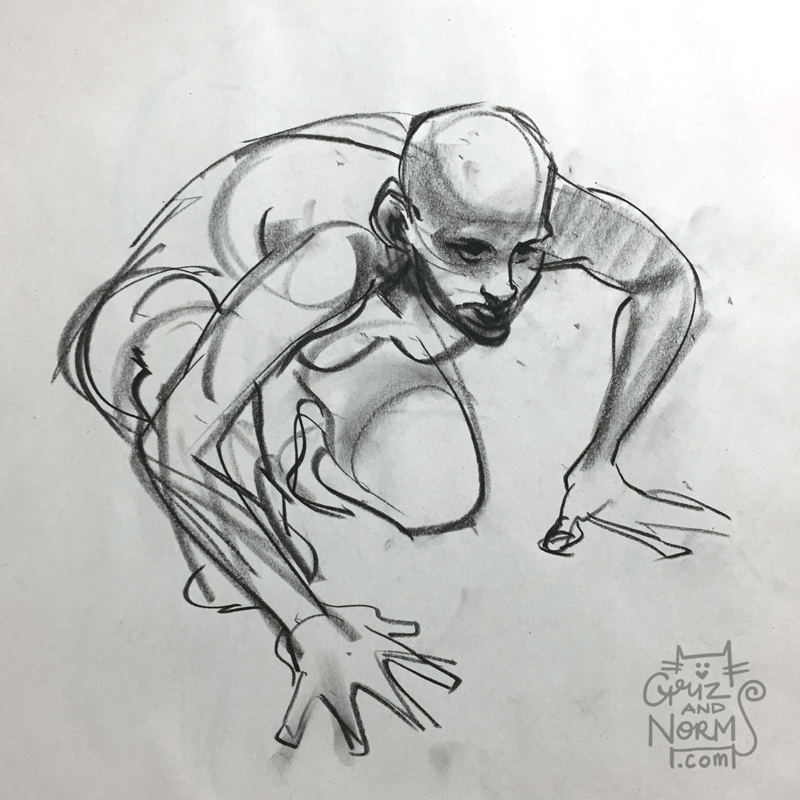
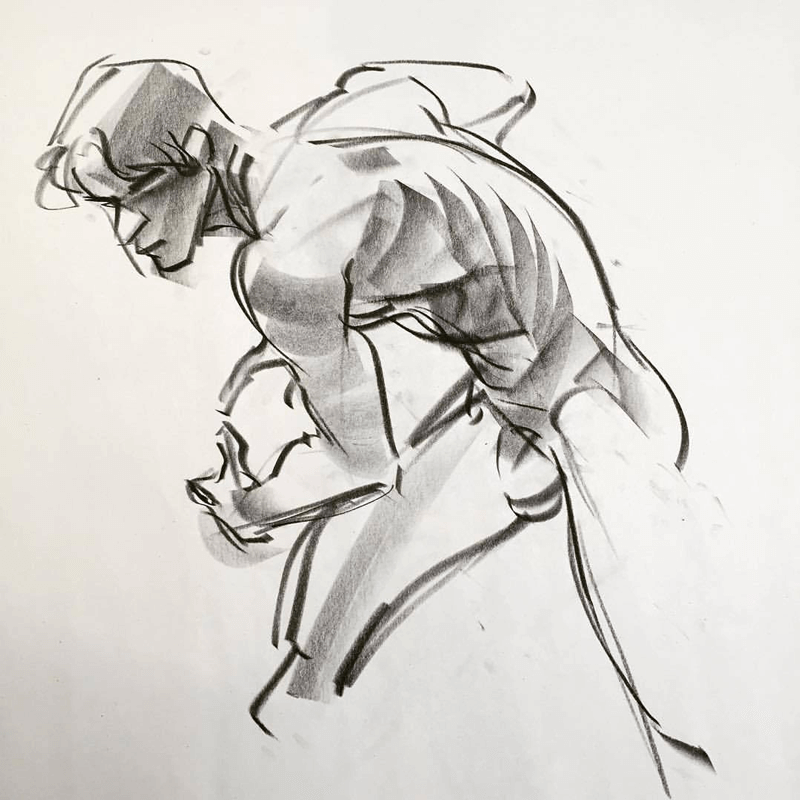
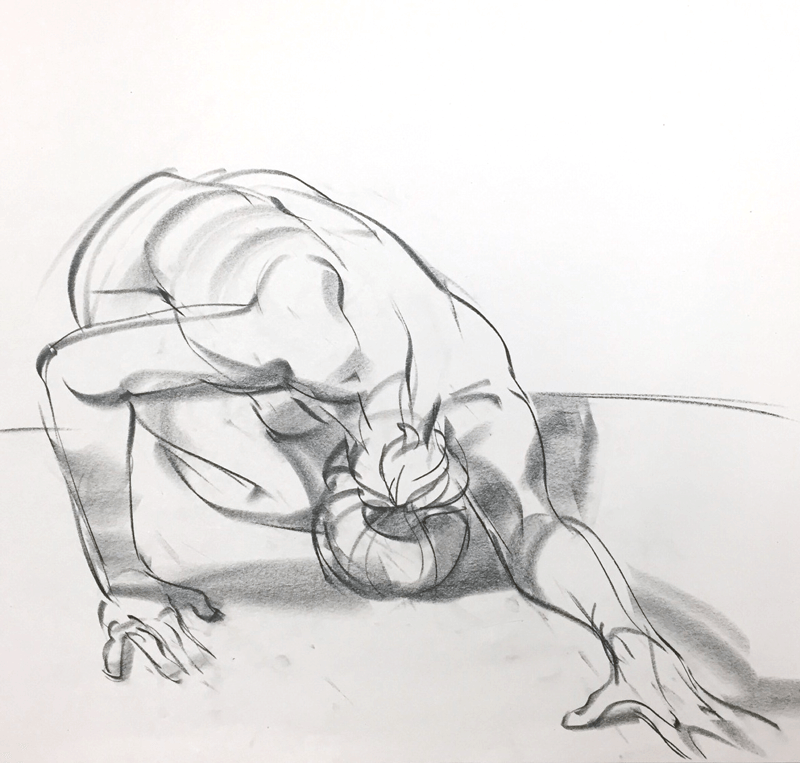
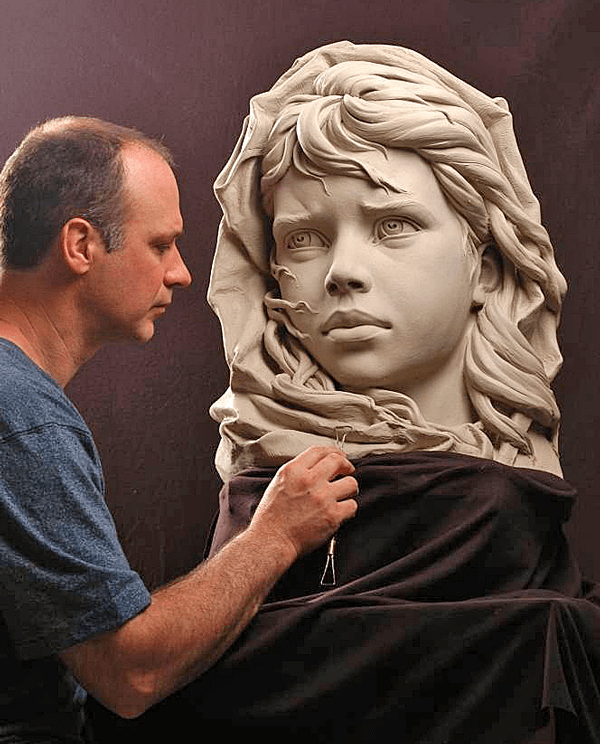

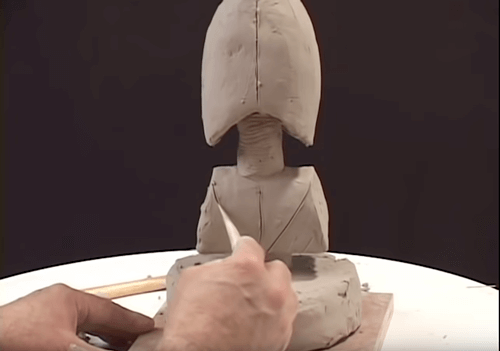
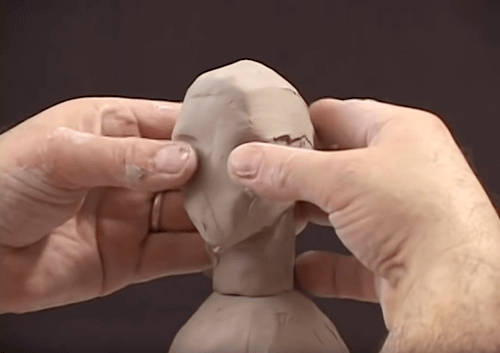
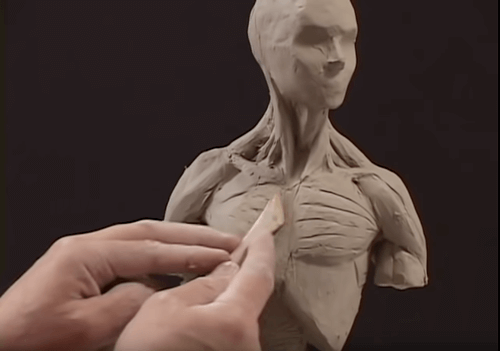
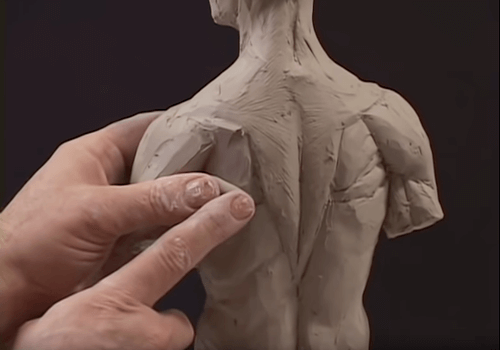
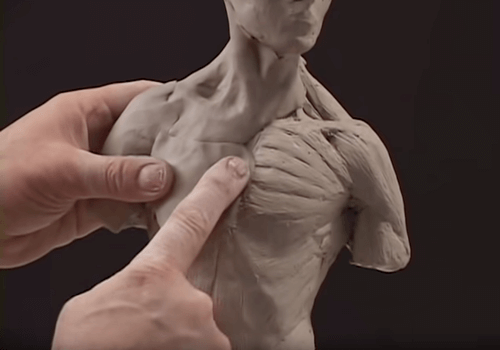
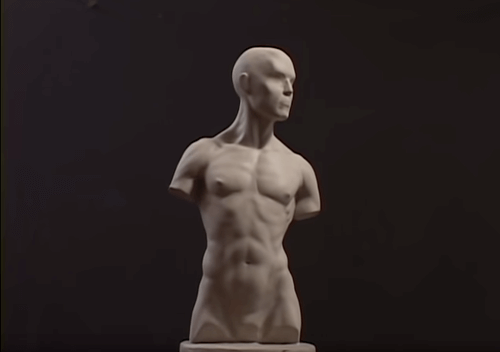
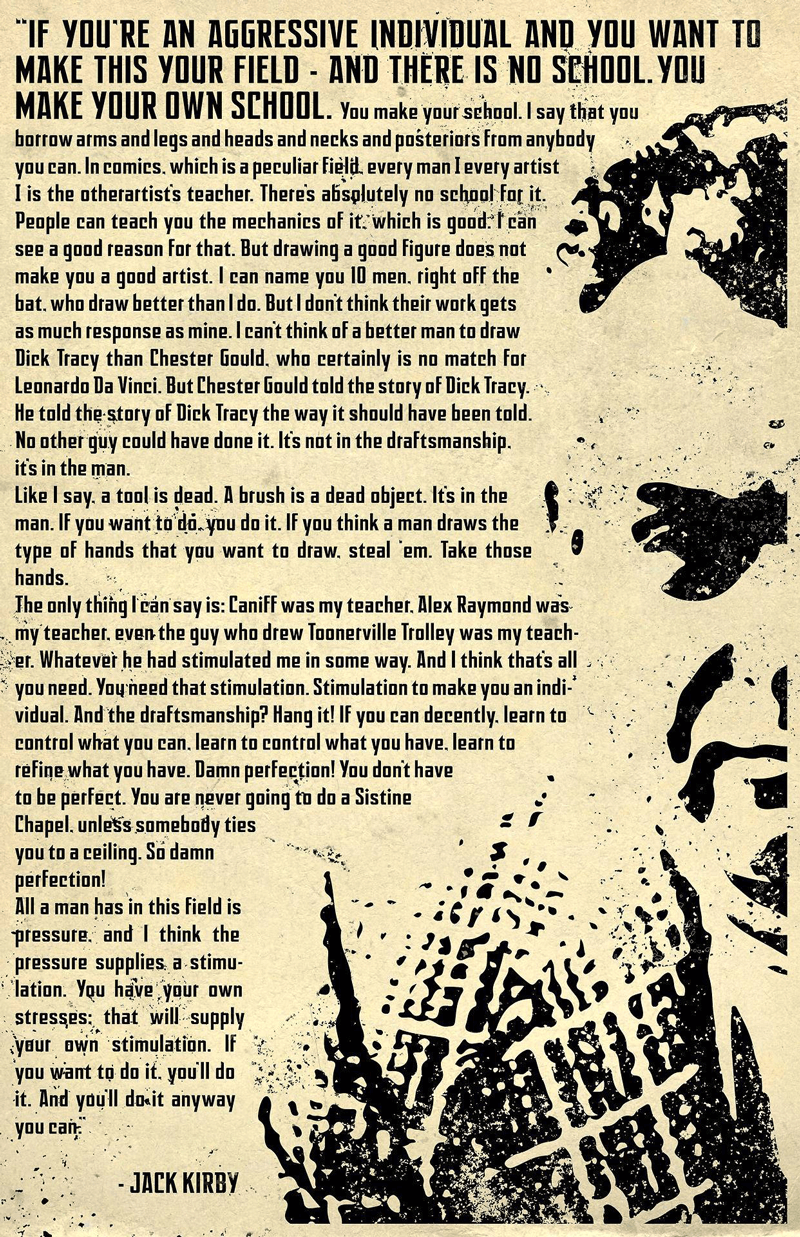
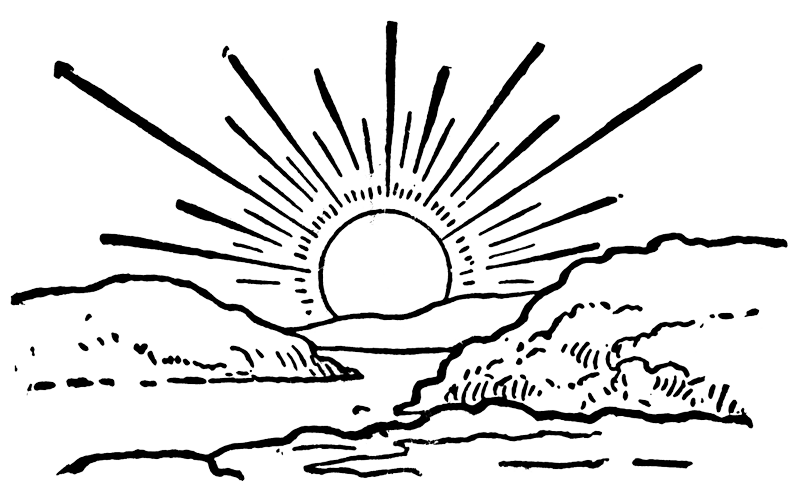
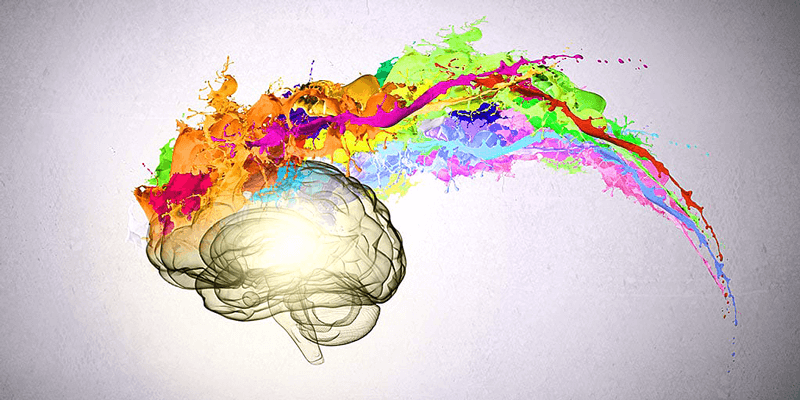
Thanks for sharing your insight, knowledge and various links, Ghost Man!
What a captivating and inspirational read.